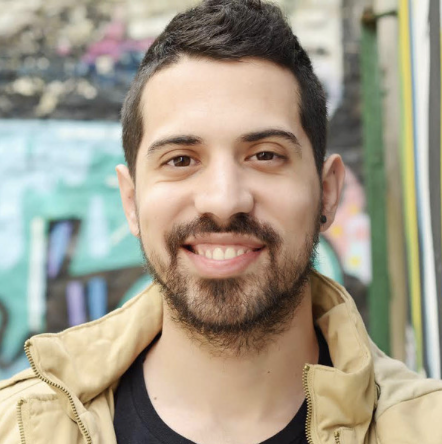Go knows providers
Medical Provider, Nurse Practitioner, and Physician Assistant students need to know how to read between the lines, to document accurately and efficiently, then analyze the data to find the safest and most effective plan.
The realistic patient cases and charts in Go’s educational Electronic Health Record (EHR) and learning platform will help teach your students to make smart decisions, while instilling a human-centered approach.
What do faculty say about Go? Review these case studies and white papers.
Go is for
Clinical reasoning comes to life with Go
Go includes cases from simple to complex for illustrating every chief complaint, comorbid condition, and clinical scenario possible. Assign cases as homework to promote critical thinking and hone documentation skills. Go cases bring pathophysiology, pharmacotherapeutics, and clinical diagnostic courses to life with realistic cases to illustrate concepts.
Faculty also use the cases for class discussions and Flipped Classroom case studies by providing students with discipline-relevant critical thinking questions along with the case.
Use our OSCE cases,or yours
Go is the perfect platform for managing a realistic and interactive OSCE experience. Schedule and limit the case access, introduce new data on-the-fly, and review student work in your own learning management system (LMS).
You’ll wonder how you managed OSCEs before Go.
Go makes simulation real and easy
Whether it’s for lab practice, OSCEs, or high fidelity simulation, all of Go’s patient cases can be used for simulation. Students can review data and place orders in real time.
Faculty can introduce dynamic changes like new diagnostic results during the simulation. Classmates can work together or independently and faculty can review student work in your own LMS following the simulation.
Realistic EHR experience included
The Go educational Electronic Health Record (EHR) closely resembles popular EHRs like Epic® and Cerner®. The Go EHR enables students to document patient findings, place orders, and write prescriptions in a realistic EHR.
Students will become adept at using the technology as part of their patient care experience.
It’s no secret that people learn and retain best through the power of story. Throughout history, humans have used stories to educate, inform, and pass on important lessons.
Story-learning sticks. It moves us and helps bring meaning, depth, and compassion to otherwise static information.
Our diverse and realistic patient cases bring the power of story to healthcare education and reinforce human-centered use of technology. Built to be as multifaceted as the individuals they represent, the stories of our patients introduce vital healthcare concepts, lessons, and terminology in ways your students will connect with.
With a thorough review of a patient’s case in the Go EHR, students will build their understanding and find the information they need to care for, diagnose, and treat, while learning important documentation skills.
Teach students to focus on patients, not technology.

Esteban Cramer-Martin is a busy professional in his late thirties. Three years ago at his last visit, the doctor recommended he quit smoking and lose weight.
According to his doctor, his blood sugar, blood pressure, and cholesterol were a little high and improving his diet would help improve his overall health. He has cut back on his smoking and has also gained a little weight, despite his efforts to lose. He was too busy to return to the clinic for follow-up labs or for last year’s health maintenance. He returns to the office today, three years later, for another health maintenance visit.
Can your students help Esteban?

Jane Rabbit Tail is a 17-year-old female who has been brought into the emergency room for severe abdominal pain that has been getting more severe over the last 6-8 hours. What questions will you ask Jane? What assessments and diagnostics should be performed? What is the differential?
Can your students help Jane?
- Have students review Jane’s case as part of a Flipped Classroom teaching approach. Use advanced assignment options in Go to send in new diagnostic and lab results for Jane’s case. Students can place orders, write notes, and document results in a realistic EHR.

Alejandro Ochoa is a 28-year-old Hispanic man who began experiencing self-described “ataques” a little over a year ago. He was evaluated medically after the first attack and was given a prescription for Xanax. His doctor recommended that he follow up with a psychiatric evaluation.
Alejandro did not follow up until today at the urging of his fiancee. It seems his attacks never went away and have progressively become worse, especially as the date of his wedding nears. Today Alejandro has come to the Valley View Therapy Center for evaluation.
Can your students help Alejandro?
Go’s patient cases are realistic, diverse, and customizable. Find out how you can use Go in healthcare education.
Detailed charts
Go includes comprehensive in-patient and out-patient charts with modifiable information.
Realistic charting practice
Portfolio-based charting for assessment lab and OSCE practice gives students practice with screening tools, physical exams, and diagnostic orders.
Meaningful scenarios
Go’s included scenarios are realistic and address important, current issues and trends in healthcare. You are also able to incorporate your own scenarios into the platform.
Valuable training
From prescription writing and patient documentation to consults, referrals and critical thinking, students build important healthcare skills with Go.